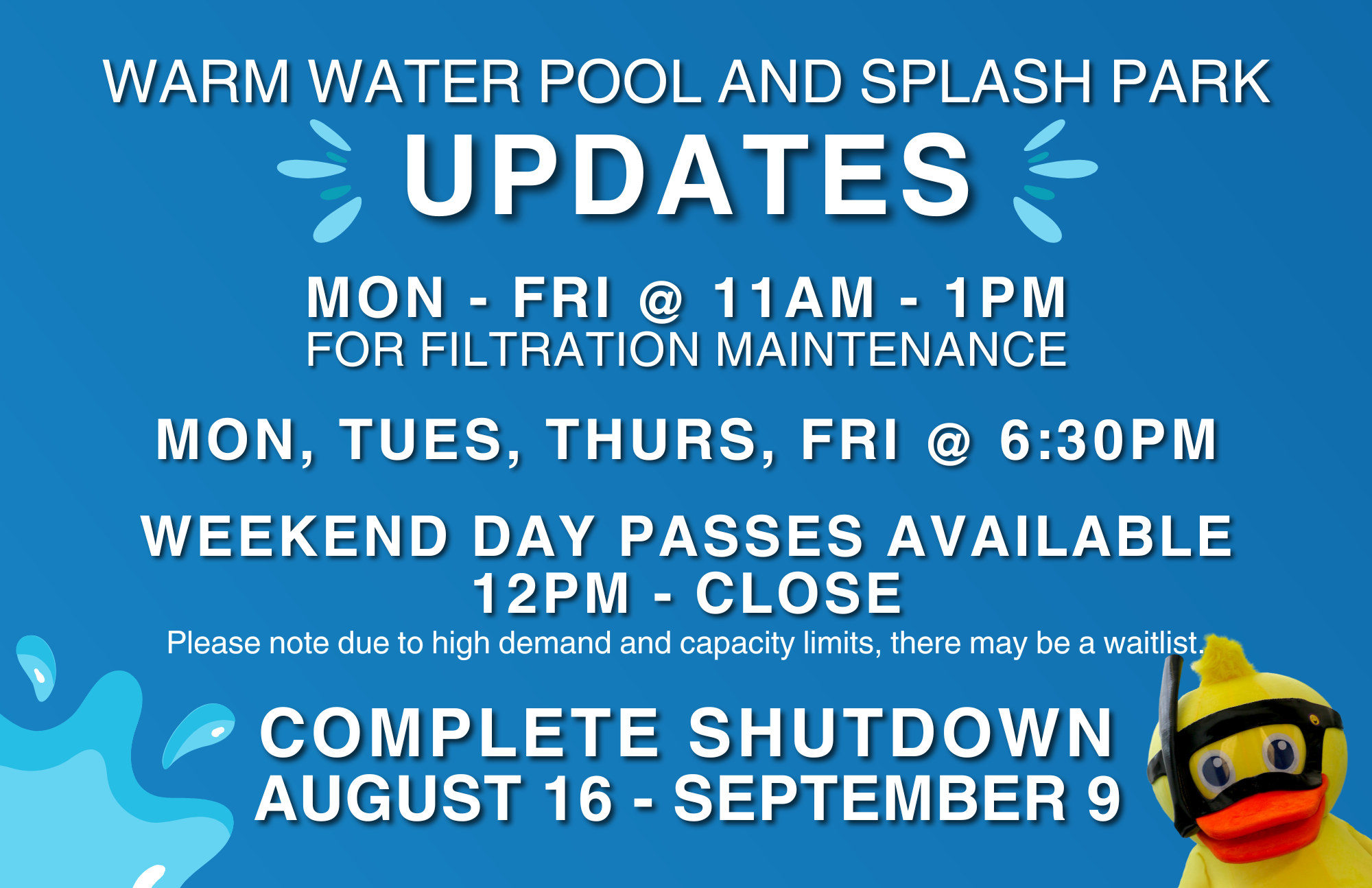By John Grainger MS, CSCS
One of the things I have learned over the past few years is that almost everyone is going to get injured at some point in their training. Whether you are a swimmer, cyclist, runner, tennis player, triathlete, or a gym rat, you will most likely strain, tear, or pull something—sometimes requiring taking a significant amount of time off and/or surgery.
I played collegiate baseball at Keene State College–graduated in 2007–and have been coaching at Colby-Sawyer since 2009. At some point in 2008 I hurt my shoulder playing in a rec league in Utah while I was at graduate school. It wasn’t that bad and I got over it. Sometimes it hurt to throw, but it wasn’t all the time and I could still throw hard.
Fast forward a few years to April of 2012. The four years in between the shoulder was getting progressively worse and after a long session of batting practice I finally threw in the towel (pun intended), had it checked out by our athletic trainer, and set up an appointment with a Sports Medicine Doctor. The diagnosis was a torn posterior labrum and significant arthritis on the socket. After an MRI, 4 readings of it (all of them were different—same injury but very different in the severity), and over a year later, I made the decision to have surgery.
During the surgery they found that I had a different injury than they originally thought. I had a Type II SLAP lesion and had torn part of the articular cartilage (the cartilage that lines the bone in the shoulder joint) on the socket. They didn’t find a torn posterior labrum or the severe arthritis that they expected.
The likelihood that I will ever throw hard again is pretty low. Recovery from this surgery can take 9-12 months for an overhead athlete to return to sport. There have been no Major League pitchers who have returned to play at the same level with this injury. But I should be able to return to light, pain free throwing and be able to do just about anything I want to.
Coping with the injury can be difficult—especially if the injury is season ending or career threatening. When I say career threatening I don’t mean your Major League Baseball career, I mean that ACL tear may have severely impacted your ability to play rec league soccer on Thursday nights ever again. This is a very difficult thing for most people to cope with.
The following is paraphrased from The Sport Psych Handbook by Shane Murphy. I normally don’t like to blatantly take information and copy or paraphrase it, but this is written concise and more to the point than I could:
There is a whole segment of sport-psychology that deals with injuries. There are two widely accepted coping strategies: problem-focused and emotional-focused coping strategies.
Problem focused coping includes efforts that are directed at managing or altering the problem that causes the stress. Some examples are gathering information on the injury, learning treatment options, setting SMART goals for recovery (specific, measurable, action-oriented, reasonable, and time-oriented), and adhering to a rehabilitation plan.
Emotion focused strategies are directed at managing the emotions that are experienced as a result of the injury. These strategies are based on managing thoughts and emotions through self-talk (i.e. instead of saying “Oh my God I will never play again,” you would say, “I am going to get through this and be stronger than ever”) and relaxation techniques; using imagery of being physically and mentally prepared, and self-soothing techniques. These strategies usually deal with the feelings associated with the injury; such as expressing emotions, seeking and using social support, being patient, and eventually accepting the injury.
Another way to cope with an injury is through distraction or avoidance techniques. These are efforts to disengage and remove oneself, either mentally or physically, from the situation generating the stress. Some of these are more for elite athletes such as moving away (i.e. leaving the training site and moving home) or going back to school.
How you deal with the injury depends on you. Are you usually someone who gets emotional? Are you someone who enjoys setting and reaching small goals? Do you want to be in control? Do you want to know everything about your injury and how to fix it?
I was different than a lot of injuries—it wasn’t a sudden, traumatic, season/career ending injury. It was a long, drawn out process that culminated with me finding out as much information about the injury as possible. Most of my coping mechanisms revolved around problem focused strategies. I learned as much information as possible—treatment options, surgical procedures, treatment and surgical outcomes, likelihood of returning to activity, etc. But I also used emotion focused strategies by reaching out to others who had the procedure, reaching out to physical therapists, and also making sure my family was going to support my decision.
I think the most important thing with dealing with an injury is accepting the injury for what it is, being honest with yourself, and learning as much about the rehab process as you can. Using the techniques listed above will help you get through the rehabilitation process and get you back participating in the sport(s) you love.
For more information you can check out the Association for Applied Sport Psychology.
Murphy, Shane. The Sport Psych Handbook. Champaign, IL: Human Kinetics, 2004. Print.

